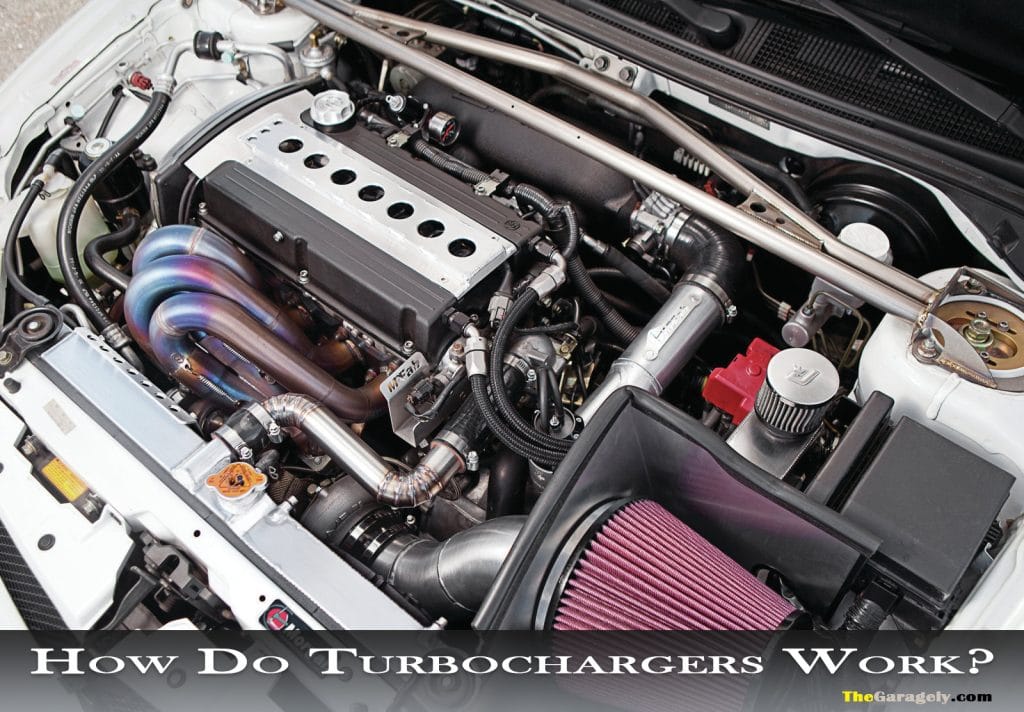
Adding a turbocharger to your car is one of the best performance modifications you can make. It is an effective way to increase the car’s power and overall performance.
A turbocharger increases the airflow in the engine by forcing more air into its cylinders. When this extra air is mixed with the fuel, it favors more combustion leading to better power output.
Nowadays, turbochargers have become an essential component, and even car manufacturers have noticed the benefits of turbochargers. Unlike the ’80s, when turbochargers were reserved for sports cars, many road cars these days come installed with turbochargers to improve performance.
But, if your car does not have a turbocharger, you can easily get one installed in your vehicle. Companies like Pulsar Turbo have a wide range of turbochargers for different power requirements and different vehicle configurations. These turbochargers often come with a whole kit, making the installation easier.
How Does A Turbocharger Work?
A normal internal combustion engine pulls in air and fuel to function. This mixture of fuel and air is ignited, which causes a series of small explosions in the engine that generate power.
In the process, the engine produces waste gasses that are forced out through the exhaust. However, in turbocharged engines, the exhausted gases are reused.
The turbo is a snail shape component that is attached to your car’s engine. It funnels the waste exhaust gasses into a turbine and a compressor. The gases spin the turbine, and the turbine spins the compressor.
This takes in far more air into the engine than a non-turbo – or naturally-aspirated – engine, allowing for a higher fuel concentration to be used. The process causes a larger explosion in the cylinder, and the larger the explosion, the greater the power produced.
Earlier, turbos were not a refined piece of machinery and provided the power with a sudden jerk which made the driving experience unpleasant. However, companies such as Pulsar Turbo offer modern turbochargers that are advanced enough to accurately control the gas movement within the chamber and produce a more linear power delivery.
Benefits of A Turbocharger
- Reduced fuel consumption
When comparing a turbocharged and a naturally aspirated engine that produces the same power, you will find that naturally aspirated engines guzzle more fuel. This is because a smaller engine with a turbocharger can produce more power than a bigger engine without a turbo.
For instance, consider two engines that produce 200 horsepower; the turbocharged engine would be smaller with up to four cylinders. At the same time, it would require a six-cylinder naturally aspirated engine to match the output of a small engine with a turbocharger. The six-cylinder engine will be less fuel-efficient as compared to a four-cylinder engine.
A turbocharged engine can be up to twenty per cent more efficient.
- Less noise
The turbocharged engine is quieter than a naturally aspirated engine since it has a smaller overall engine to produce the same amount of power. In addition, the turbocharger functions as an auxiliary silencer that muzzles any engine noise.
- Better high-altitude performance
At higher altitudes, the air gets thinner, and the engine cannot intake adequate air, resulting in decreased vehicle performance. Whereas, if you have a turbocharger or a turbo engine, the performance increases at higher altitudes.
- Reduces the weight of the car
A turbocharged car needs fewer cylinders to produce the same power, so the vehicle’s overall engine size and weight will be less. On the other hand, you will need a bigger and heavier engine to generate the same amount of power with a naturally aspirated engine.
- Reduced Emissions
When you install a turbocharger in your car, you reduce the overall emissions. Since the waste exhaust gasses are used, and a turbocharged engine burns less fuel, it generates less carbon dioxide than other cars.
If you add additional turbochargers to your car, ensure you get the highest quality turbos that fit your car’s specifications. Companies like Pulsar Turbo have decades of experience in the industry and are renowned for their quality products.
Leave a Reply